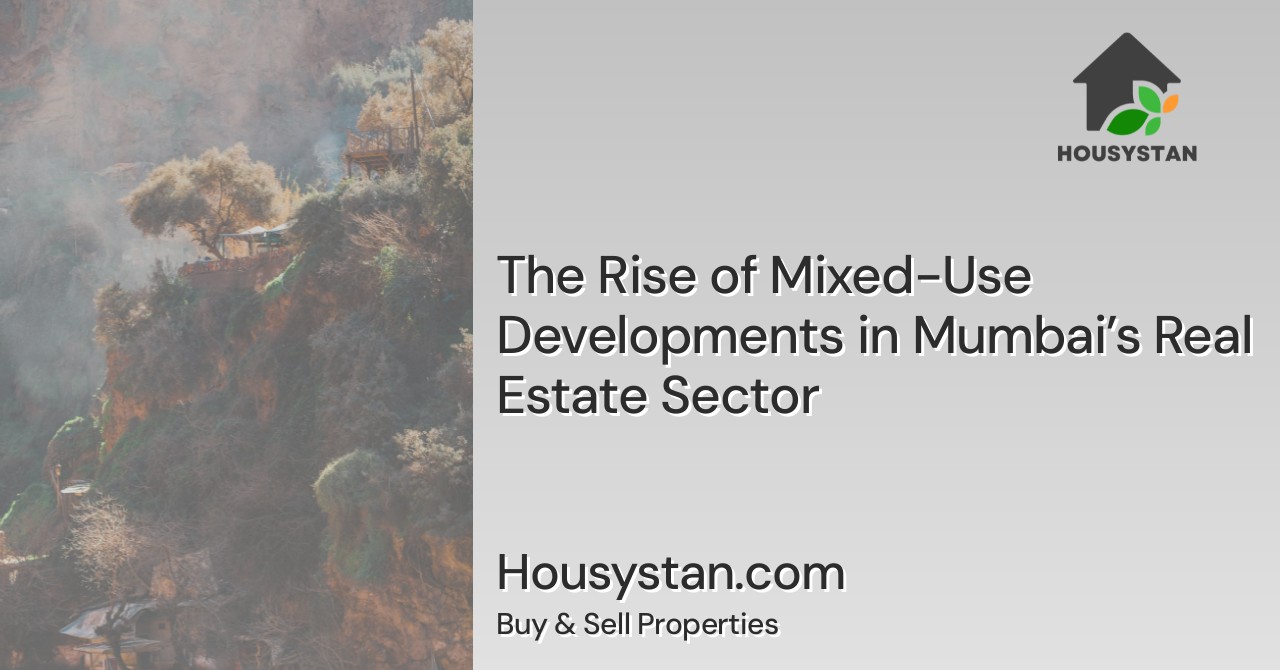The Rise of Mixed-Use Developments in Mumbai’s Real Estate Sector
Read latest blogs and articles from Housystan

The Information mentioned here was last updated on:
31/12/2025The Rise of Mixed-Use Developments in Mumbai’s Real Estate Sector
Mumbai, India’s financial powerhouse, is witnessing a remarkable transformation in its real estate landscape, thanks to the surge in mixed-use developments. These innovative projects, combining residential, commercial, and recreational spaces, are reshaping the city’s skyline and redefining urban living. As demand for integrated, convenient lifestyles grows, mixed-use developments in Mumbai are rapidly becoming the preferred choice for investors, businesses, and residents alike.
One key driver behind this trend is the city’s ever-increasing population and limited land availability. Developers are creatively utilizing every inch of space, crafting vibrant communities where people can live, work, shop, and relax—all within the same vicinity. This approach not only maximizes land use but also reduces commuting times, easing Mumbai’s notorious traffic congestion and contributing to a greener environment.
- Verified Tenants/Buyers
- Unlimited Property Listing
- Zero subscription/charges fee
Strategic locations such as Bandra Kurla Complex, Lower Parel, Andheri, and Powai are now home to several landmark mixed-use projects. These developments attract multinational corporations, leading retailers, and upscale residential buyers seeking modern amenities and seamless connectivity. By blending office towers, shopping centers, entertainment zones, and luxury residences, these projects create self-sustaining urban hubs that foster social interaction and economic growth.
Additionally, mixed-use developments in Mumbai are designed to promote sustainability. Many projects incorporate eco-friendly features such as rainwater harvesting, solar power, and landscaped open spaces, aligning with the city’s green initiatives. This focus on sustainability not only enhances quality of life but also appeals to environmentally conscious investors and tenants.
The rise of mixed-use developments signals a new era in Mumbai’s real estate sector. With their promise of convenience, connectivity, and community, these projects are poised to shape the future of urban living in the city. As Mumbai continues to evolve, mixed-use developments will remain at the forefront, setting new benchmarks for real estate excellence across the metropolitan region.